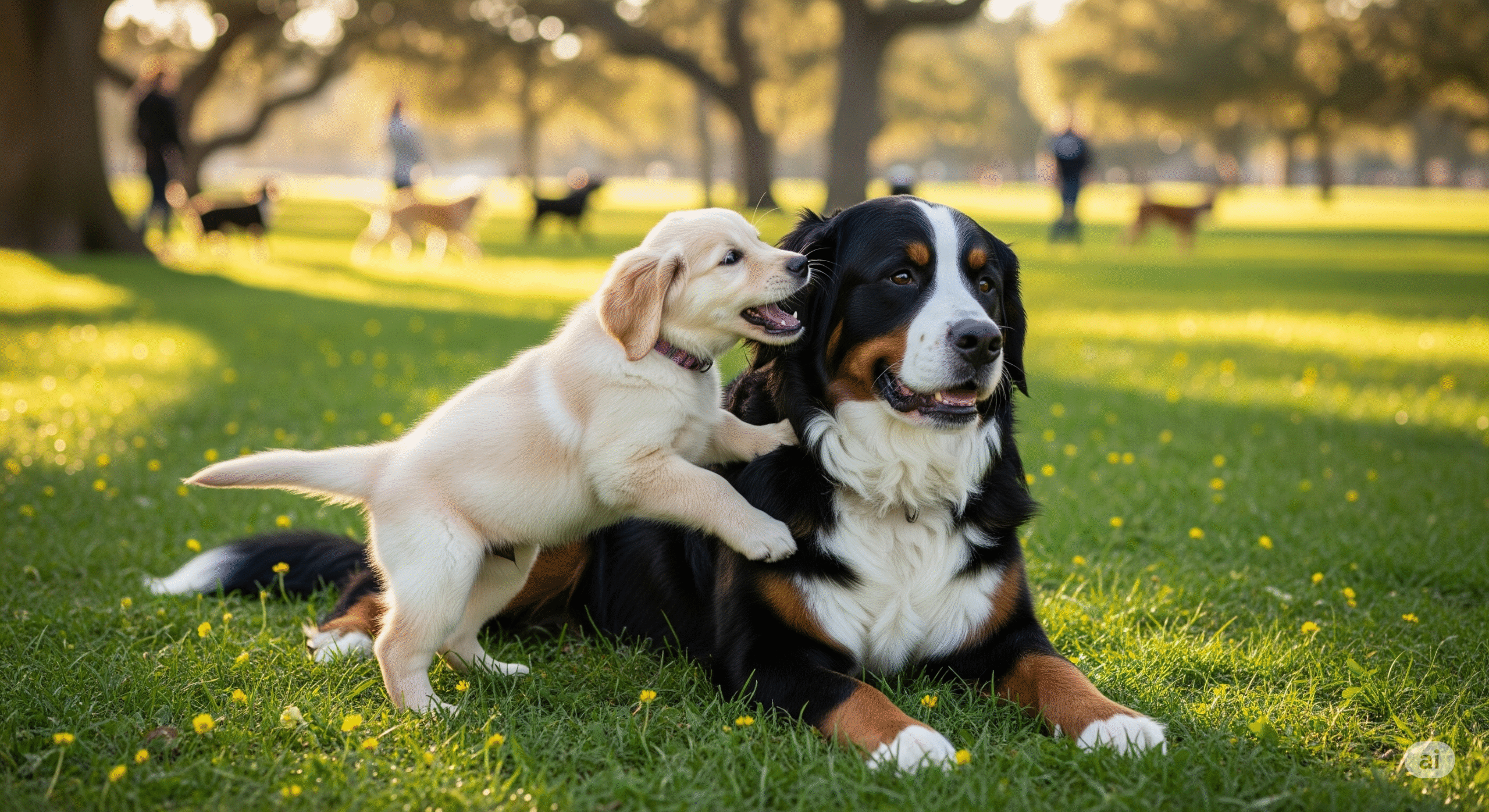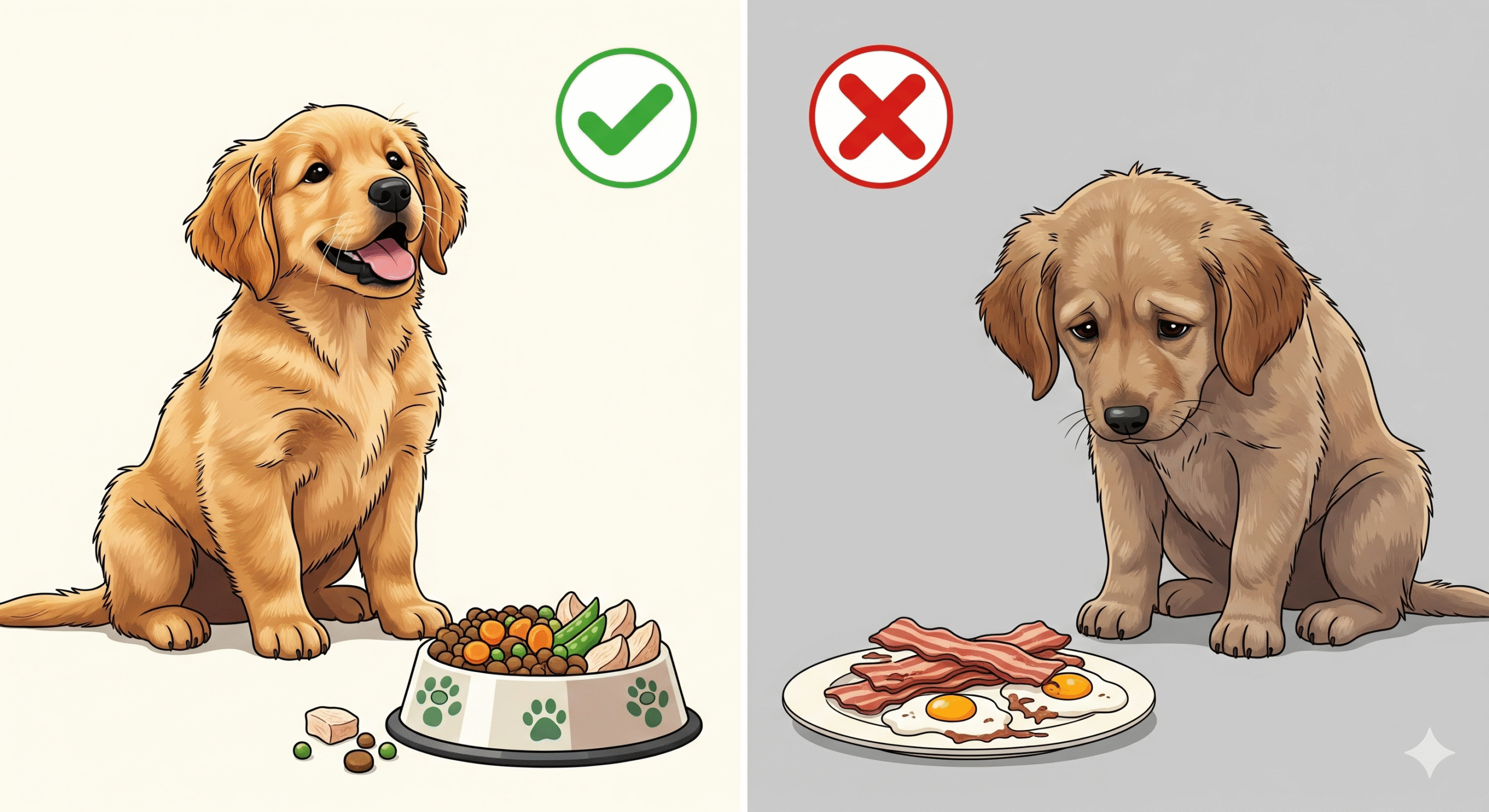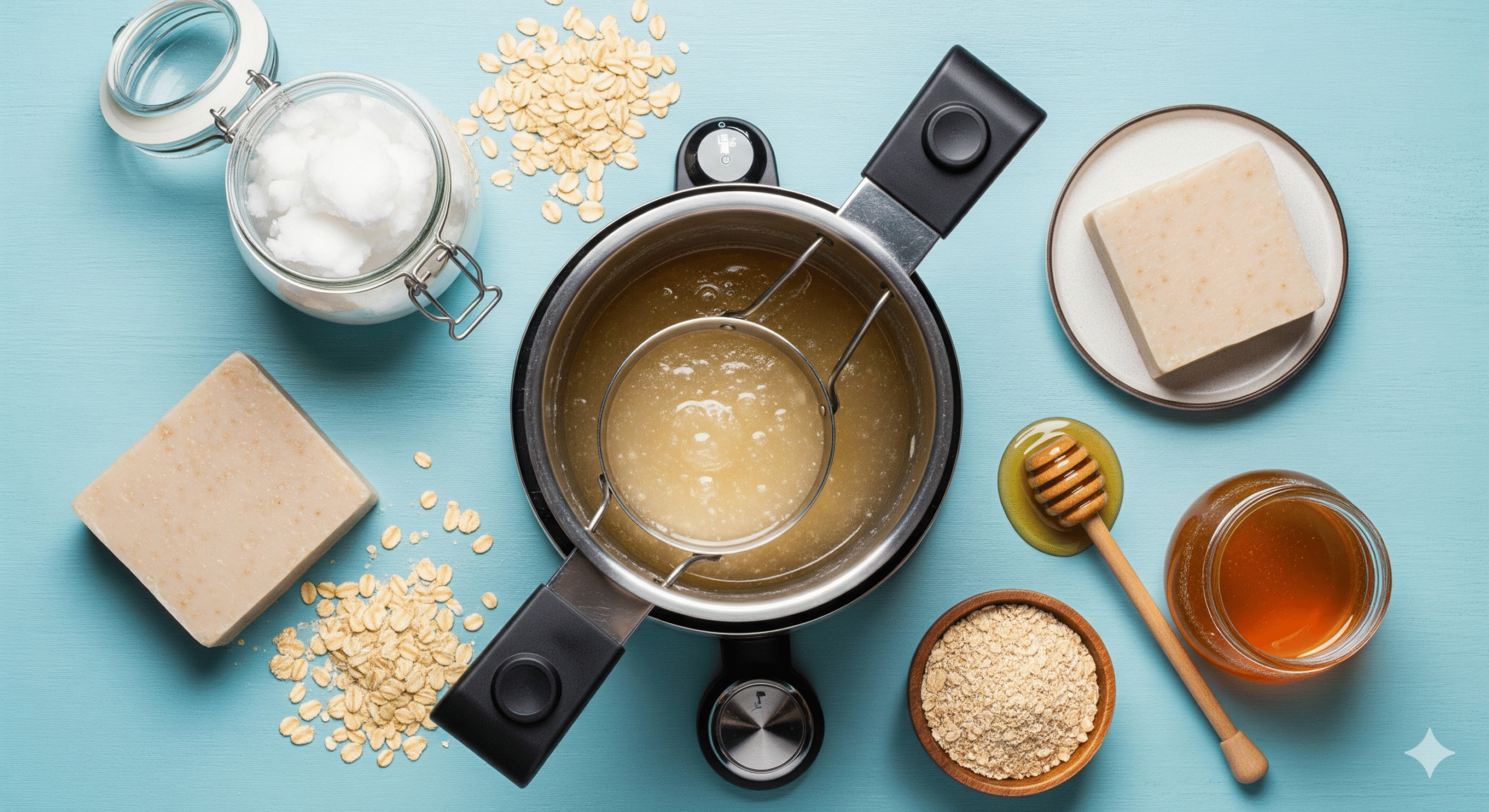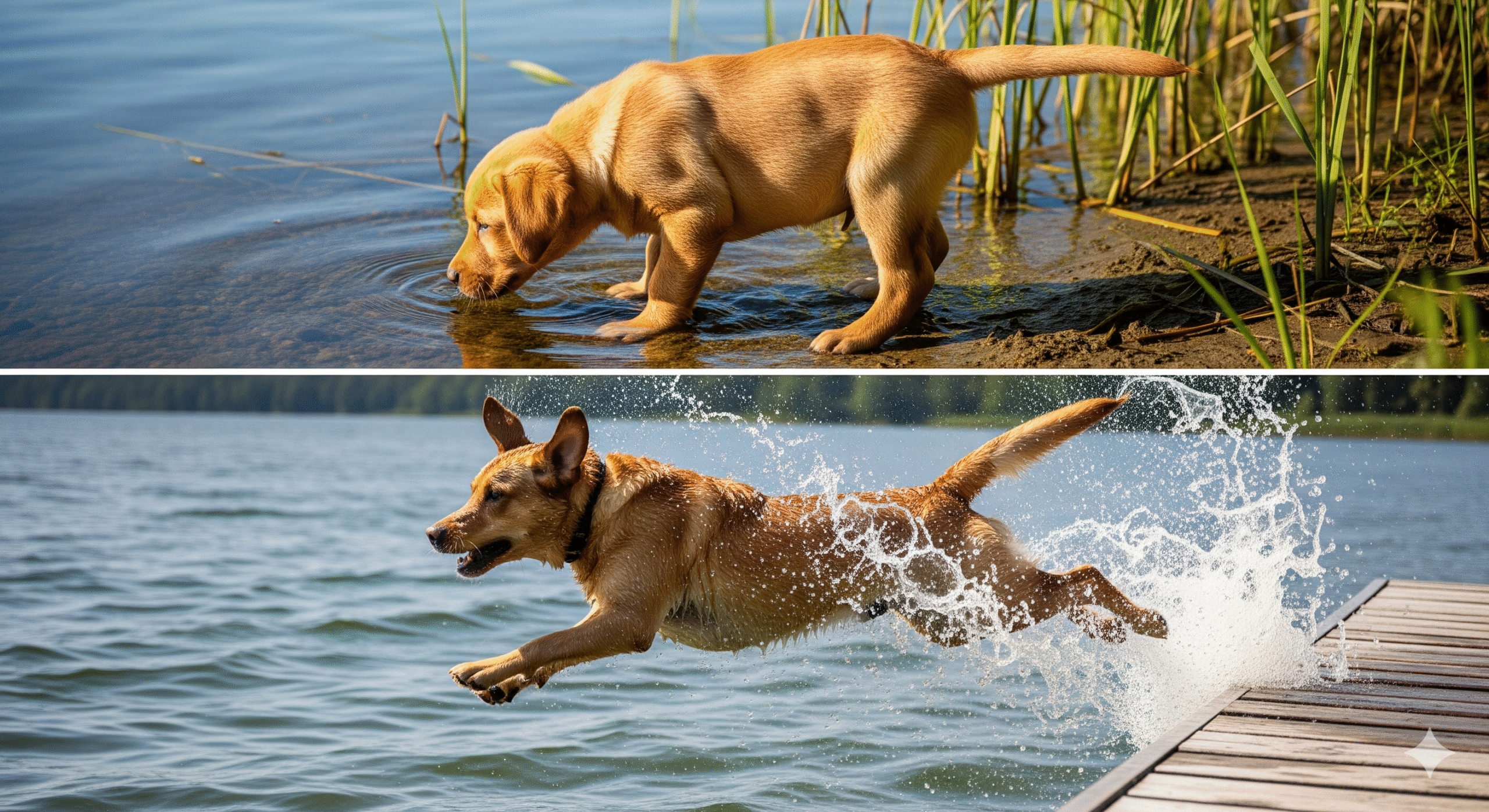Proper socialization is the #1 predictor of whether your puppy will grow into a confident, well-adjusted adult dog. Between 3-14 weeks old, puppies go through a critical socialization window where positive experiences shape their future behavior. Done wrong, however, socialization can backfire and create fear or aggression.
This trainer-approved guide covers:
✔ When to start socializing (and when to be cautious)
✔ Step-by-step introduction methods
✔ Reading dog body language for safe interactions
✔ Common mistakes that do more harm than good
✔ Age-appropriate activities for each stage
Let’s set your pup up for a lifetime of happy dog friendships!
Why Socialization Matters More Than You Think 🧠
The Science Behind Puppy Socialization
- Puppies have a primary socialization period (3-14 weeks) when they’re most receptive to new experiences
- Lack of socialization during this time can lead to:
- Fearfulness
- Leash reactivity
- Aggression toward unfamiliar dogs
- Proper socialization reduces:
- Vet visit stress
- Grooming anxiety
- Travel fears
Vet Insight:
“Just 10 minutes of positive interaction with a vaccinated dog can teach more than weeks of training later.” – Dr. Sarah Wooten, DVM
Before You Start: Safety First! 🛡️
Prerequisites for Socialization
✅ Vaccination status:
- At least 2 rounds of DHPP (typically by 10-12 weeks)
- Avoid high-risk areas (dog parks) until fully vaccinated
✅ Health check:
- No diarrhea/vomiting in past 48 hours
- Free from parasites
✅ Temperament prep:
- Puppy should be comfortable wearing a harness/leash
- Know basic “look at me” cue for redirecting attention
Step-by-Step Socialization Plan 📅
Stage 1: First Introductions (8-12 Weeks) 👶🐕
Ideal Candidates:
- Older, vaccinated dogs with known gentle temperaments
- Puppies similar in size/age (littermates are perfect)
How To:
- Neutral territory (not either dog’s home)
- Both dogs on leash (dragging, not held tight)
- Let them sniff for 3-5 seconds, then call puppy away
- Reward calm behavior with treats
Signs It’s Going Well:
- Loose, wiggly body language
- Play bows
- Gentle mouthing
Stage 2: Controlled Play Dates (3-4 Months) 🎾
Goals:
- Teach bite inhibition
- Practice reading dog signals
Activities:
- Parallel walking with another calm dog
- Short play sessions (5-10 minutes max)
- Toy sharing exercises
Pro Tip: End play before puppy gets overstimulated to avoid bad habits.
Stage 3: Group Socialization (4-6 Months) 🐕🦺🐩
Options:
- Puppy kindergarten classes
- Small dog playgroups (max 4-5 dogs)
- Controlled dog park visits (off-peak hours)
What to Watch For:
- Healthy play: Taking turns chasing/wrestling
- Concerning behavior: Bullying, constant hiding
Reading Dog Body Language 🕵️♀️
Green Light Signs (All Good!) ✅
- “Play bow” (front down, butt up)
- Loose, wagging tail
- Happy “grinning” with relaxed face
Yellow Light Signs (Monitor Closely) ⚠️
- Lip licking (stress signal)
- Freezing mid-movement
- Whale eye (showing whites of eyes)
Red Light Signs (Intervene Now!) 🚨
- Stiff tail held high
- Growling with teeth showing
- Hackles raised (fur standing up)
Intervention Steps:
- Calmly lead your puppy away
- Offer high-value treats for disengaging
- Try again later with a different dog
Socialization Don’ts: Common Mistakes ❌
🚫 Flooding: Forcing interactions when puppy is scared
🚫 Only socializing with one type of dog (need variety!)
🚫 Ignoring small stressors (can snowball into fear)
🚫 Using dog parks as primary socialization (too unpredictable)
Special Cases: Shy or Reactive Puppies 🥺
For Fearful Pups:
- Start with dog sightings from a distance (50+ feet)
- Pair with amazing treats (chicken, cheese)
- Gradually decrease distance over weeks
For Overly Excited Pups:
- Practice “focus” commands before greetings
- Keep leash loose (tight leash = more frustration)
- Use time-outs when arousal gets too high
Socialization Beyond Other Dogs 🌎
A well-socialized puppy needs exposure to:
✔ Different people (hats, beards, kids)
✔ Surfaces (grass, tile, metal grates)
✔ Sounds (traffic, vacuums, thunderstorms)
✔ Handling (paws touched, ears examined)
FAQs: Puppy Socialization Questions ❓
Q: What if my puppy barks at other dogs?
A: Redirect attention with treats before they react. Never punish – it increases stress.
Q: Can older dogs socialize puppies?
A: Yes! Patient adult dogs make excellent “teachers” for bite inhibition.
Q: Is it ever too late to socialize?
A: While harder after 6 months, dogs can learn new social skills at any age.
Final Checklist for Success 📋
- Start early (but safely)
- Go at puppy’s pace
- Prioritize quality over quantity
- Always end on a positive note
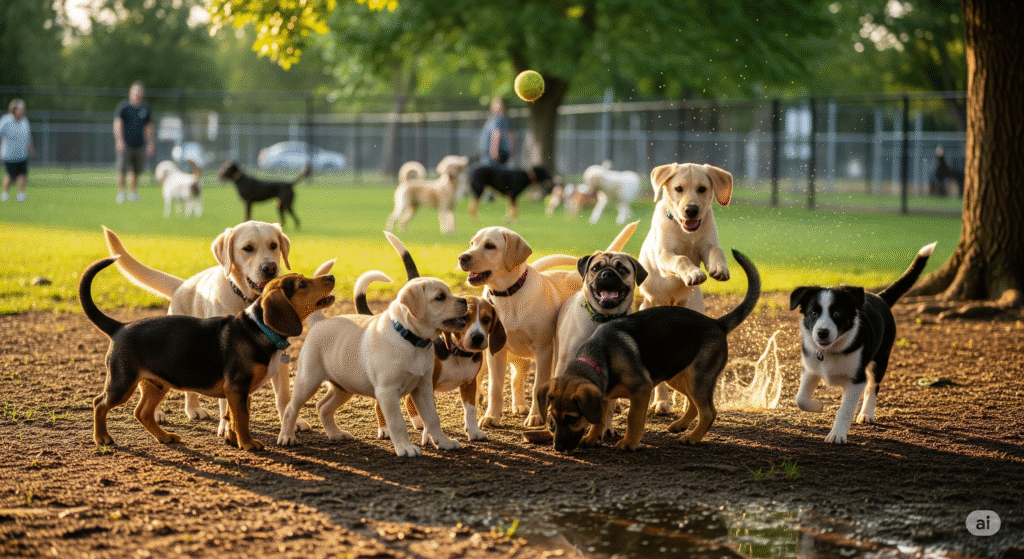
…Once you have all these supplies and have puppy-proofed your home, you’ll be ready to welcome your new family member. This checklist covers the essentials for getting started, but the journey of puppy parenthood involves many other adventures, including your first big trip together. To be fully prepared, make sure to read our detailed guide on Flying with a Puppy: Airline Rules & Tips.

